
No more sticky patches: 3D-printed wearable monitors health through skin gases
Wearable technologies are revolutionizing health care, but design limitations in adhesive-based personal monitors have kept them from meeting their full potential

Wearable technologies are revolutionizing health care, but design limitations in adhesive-based personal monitors have kept them from meeting their full potential

A patient-first solution redefines comfort and accuracy in sleep disorder testing across the U.S.
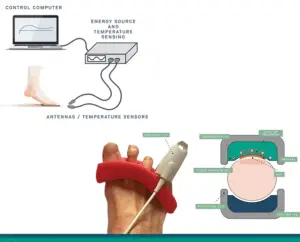
Innovative high-frequency energy technology aims to revolutionize onychomycosis care with a drug-free, patient-friendly solution.

Align Technology’s non-invasive orthodontic innovation set to transform pediatric care in China.
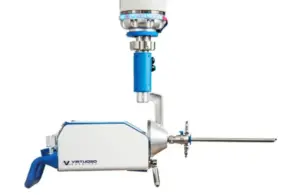
Virtuoso Surgical CEO Duke Herrell took to LinkedIn to announce successful first-in-human clinical cases with the company’s robotic endoscopy system.
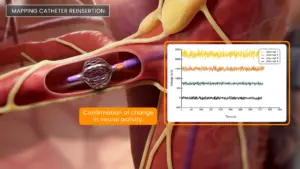
Autonomix Medical (Nasdaq:AMIX) announced that it received a new patent titled controlled sympathectomy and micro-ablation systems and methods.

SAN JOSE, Calif. and SHANGHAI, May 15, 2025 /PRNewswire/ — Intalight™, a company that develops advanced ophthalmic technologies and a leader in Optical Coherence Tomography (OCT) today announced it has received CE mark for its DREAM OCT™ platform.
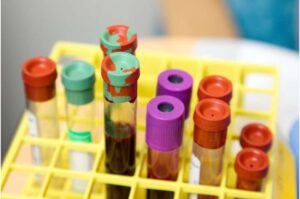
Researchers from the Keck School of Medicine of USC have developed a blood test that can identify early signs of Alzheimer’s disease by measuring proteins linked to the condition. The new test, known as Penta-Plex Alzheimer’s Disease Capture Sandwich Immunoassay (5ADCSI), detects five biomarkers simultaneously, which is more than existing blood tests and runs on equipment commonly used in many laboratories.
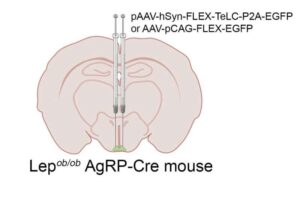
Successfully treating type 2 diabetes may involve focusing on brain neurons, rather than simply concentrating on obesity or insulin resistance, according to a study published today in the Journal of Clinical Investigation.

Researchers from the University of Tokyo have found a way to observe clotting activity in blood as it happens—without needing invasive procedures. Using a new type of microscope and artificial intelligence (AI), their study shows how platelet clumping can be tracked in patients with coronary artery disease (CAD), opening the door to safer, more personalized treatment.